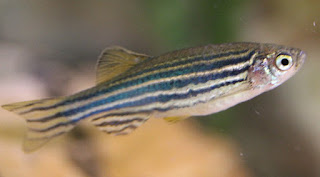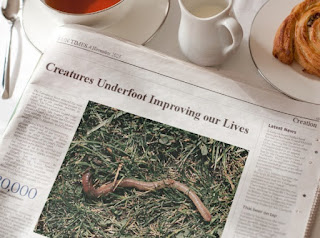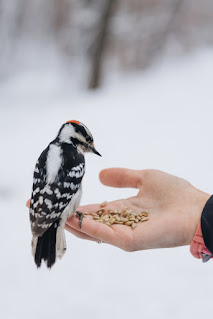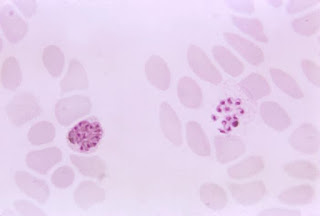These Jellyfish can Learn
.jpg)
While box jellyfish are notorious for having painful or even lethal stings from their tentacles, this one is harmless to humans. Mayhaps it is because they are so tiny. These little fellas are north of South America and the Caribbean Sea around mangroves. They swim vigorously near the surface. One would not expect anything interesting out of these brainless creatures, but the Creator shows his design skill in even the tiniest organisms. These box jellies have a complex nerve system. Researchers were amazed that they showed associative learning, not just reflexive responses. Box jellyfish, iNaturalist / snigdhasehgal ( CC BY-NC 4.0 ) Of course, foolish scientists gave praise to Darwin and made up some unsupportable speculations about the "dawn of the evolution of the nervous system," since we're all related. Because evolution. Even with all the evidence of creation and design in extreme details, Darwin's acolytes still refuse to give glory to God for what they discove...
.jpg)








,%20Flickr%20%20prilfish%20(CC%20BY%202.0).jpg)
.jpg)





.jpg)
